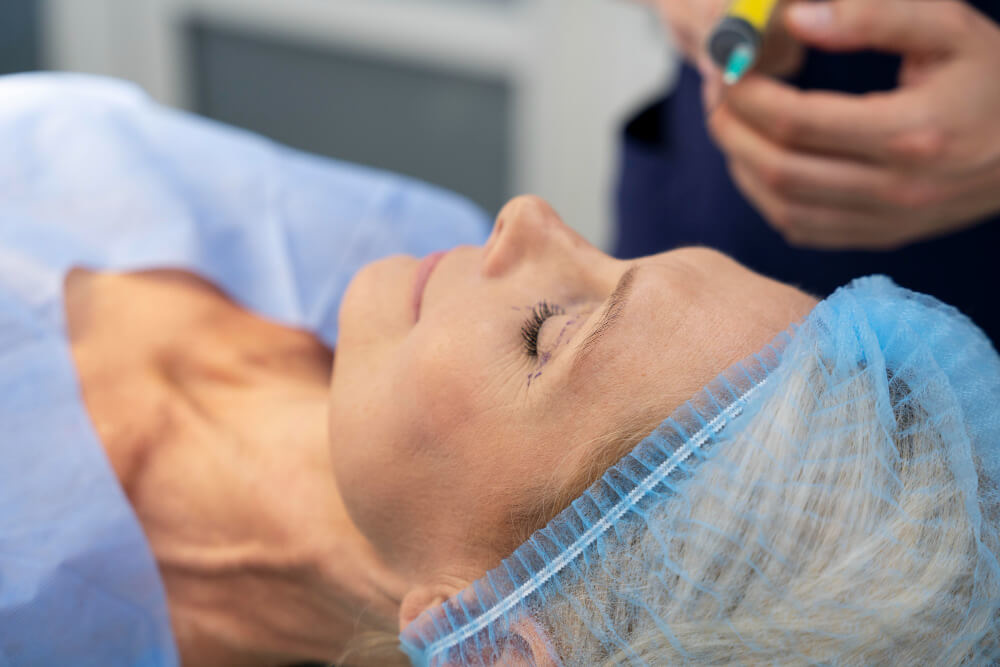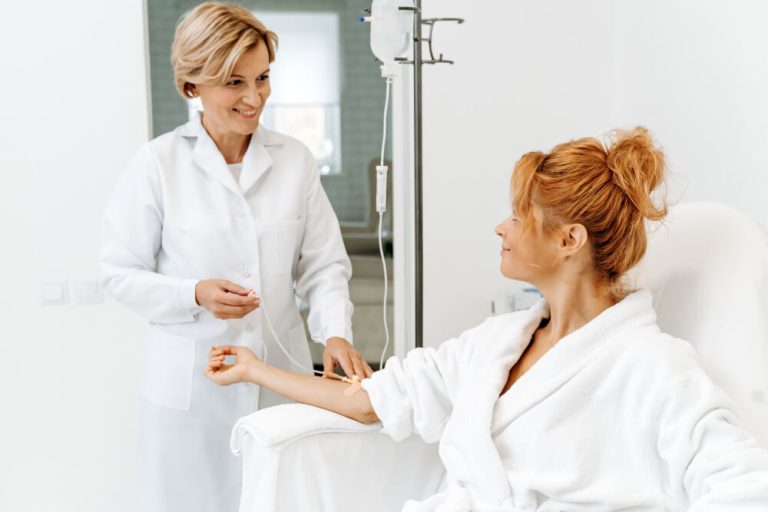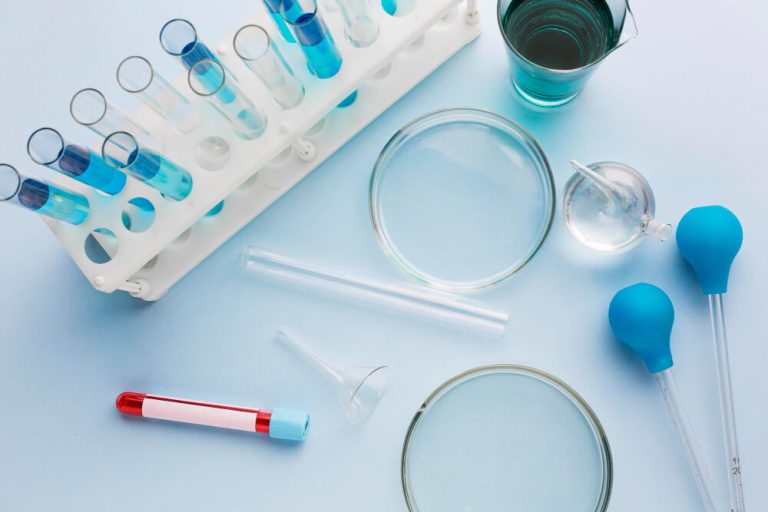Reclaiming Your Edge: A Comprehensive Guide to Andropause Training
It often starts subtly. You feel a little more tired than usual, the weights at the gym feel heavier, and that stubborn bit of fat around your middle just won’t budge. For many men entering their 40s, 50s, and beyond, these changes are chalked up to simply ‘getting older’. But what if it’s more than just the passage of time? What if it’s a specific, manageable condition known as andropause?
Andropause, often called ‘male menopause’, refers to the age-related decline in testosterone and other hormones in men. This gradual shift can trigger a cascade of unwelcome symptoms, affecting everything from your energy and mood to your physical strength and libido. It can feel like you’re fighting an uphill battle against your own body, a frustrating experience for any man used to feeling capable and in control.
The good news is that you are not powerless. You can actively combat these changes and reclaim your vitality. The key lies in a strategic, holistic approach that addresses the root hormonal imbalances. Through targeted lifestyle modifications and a specialized exercise regimen, a path of comprehensive andropause training can empower you to manage symptoms, rebuild your strength, and redefine what it means to age well.
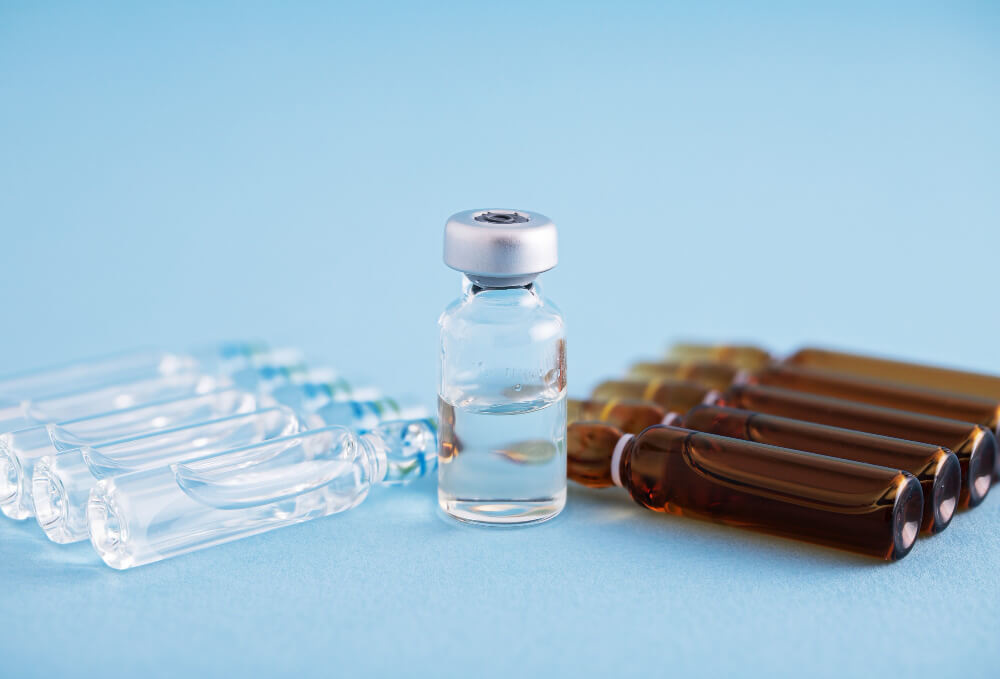
What Exactly Is Andropause?
Unlike female menopause, which involves a relatively rapid drop in hormones, andropause is a much more gradual process. It’s characterized by a slow but steady decline in testosterone production, a condition also known as late-onset hypogonadism. This isn’t an on-off switch but a slow dimming that can begin as early as a man’s 30s.
Because the change is so incremental, many men don’t recognize the pattern of symptoms for years. They might notice increased irritability or a lack of motivation and dismiss it as stress from work. They may see their muscle definition fade and their waistline expand, attributing it to a slowing metabolism without understanding the hormonal driver behind it.
Common signs associated with andropause include persistent fatigue, a noticeable loss of muscle mass and strength, and an increase in body fat, particularly abdominal fat. Men may also experience a reduced sex drive, difficulties with concentration or ‘brain fog’, mood swings, and even sleep disturbances. Recognizing these as a connected syndrome is the first step toward taking action.

Why Does Testosterone Decline With Age?
The primary reason for andropause is the natural aging process. After the age of 30, most men experience a decline in testosterone levels of about one percent per year. Over a decade or two, this seemingly small percentage adds up to a significant hormonal shift that can profoundly impact your quality of life.
However, age isn’t the only factor at play. Modern lifestyle choices can accelerate this decline or worsen its symptoms. Chronic stress, for example, elevates the hormone cortisol, which has an inverse relationship with testosterone; when cortisol is high, testosterone production is often suppressed. Poor sleep, a diet high in processed foods, and a sedentary lifestyle also contribute significantly to hormonal imbalance.
Other factors can include underlying health conditions like obesity and type 2 diabetes, which are closely linked to lower testosterone levels. The interplay between age, lifestyle, and overall health creates a complex picture. This also means that you have multiple levers to pull to positively influence your hormonal health.

How Can Training Combat the Effects of Andropause?
Exercise is arguably the single most powerful tool you have to fight back against the symptoms of andropause. It’s not just about burning calories; specific types of training can directly and positively influence your body’s hormonal environment. A well-designed training program can help naturally boost testosterone, improve your body’s sensitivity to insulin, and reverse the muscle loss and fat gain that characterize this stage of life.
Think of training as a direct conversation with your endocrine system. Every lift, every sprint, and every stretch sends a signal to your body to adapt and become stronger and more resilient. This is a proactive approach that doesn’t just mask symptoms but addresses the underlying physiological changes, helping you build a stronger foundation for long-term health and vitality.
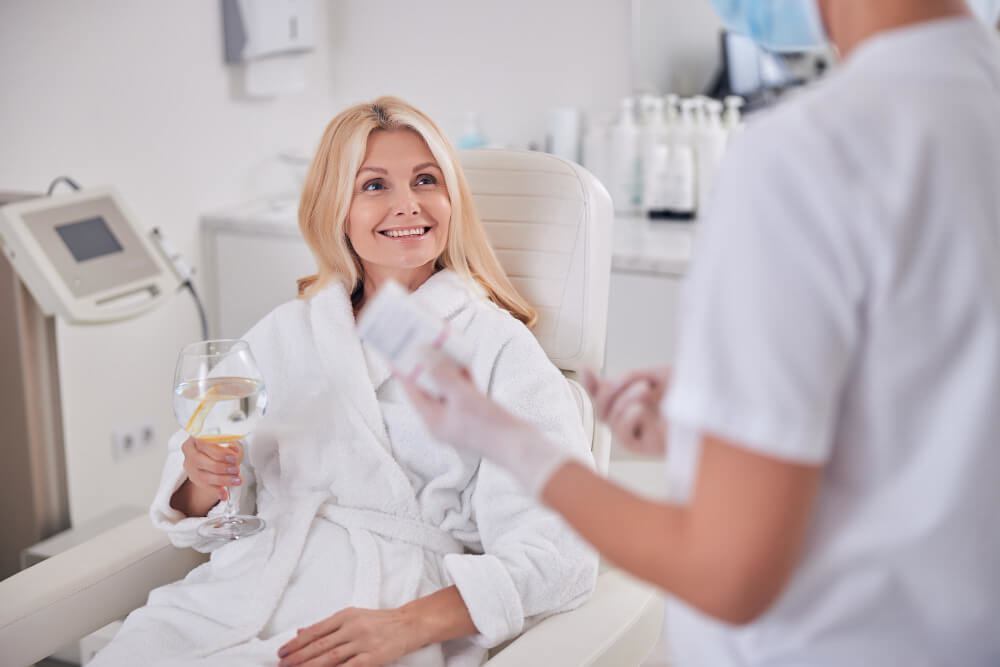
What Role Does Strength Training Play?
Strength training is the undisputed champion of andropause management. Lifting heavy weights, particularly through compound movements, is a potent stimulus for the production of anabolic hormones, including testosterone and human growth hormone. These are the very hormones that decline with age and are responsible for maintaining muscle mass, bone density, and a lean physique.
Compound exercises are movements that engage multiple muscle groups and joints at once. Think squats, deadlifts, bench presses, overhead presses, and pull-ups or rows. These exercises demand a massive metabolic and hormonal response from your body, far more than isolated movements like bicep curls. They are the most efficient way to build functional strength and trigger positive hormonal adaptations.
By focusing your efforts on getting progressively stronger in these key lifts, you directly combat sarcopenia, the age-related loss of muscle. More muscle mass means a higher resting metabolism, which makes it easier to manage your weight. Stronger muscles also support your joints and improve your overall physical capability, allowing you to stay active and engaged in all aspects of life. There are many specific low-T workouts that focus on these foundational principles.
The goal is not to become a competitive powerlifter but to consistently challenge your muscles. Aim for two to four strength training sessions per week, focusing on proper form and gradually increasing the weight or resistance. This consistent stimulus is what tells your body it needs to stay strong and hormonally robust. For more ideas, you can explore some of the best workouts for men over 40 to keep your routine fresh and effective.
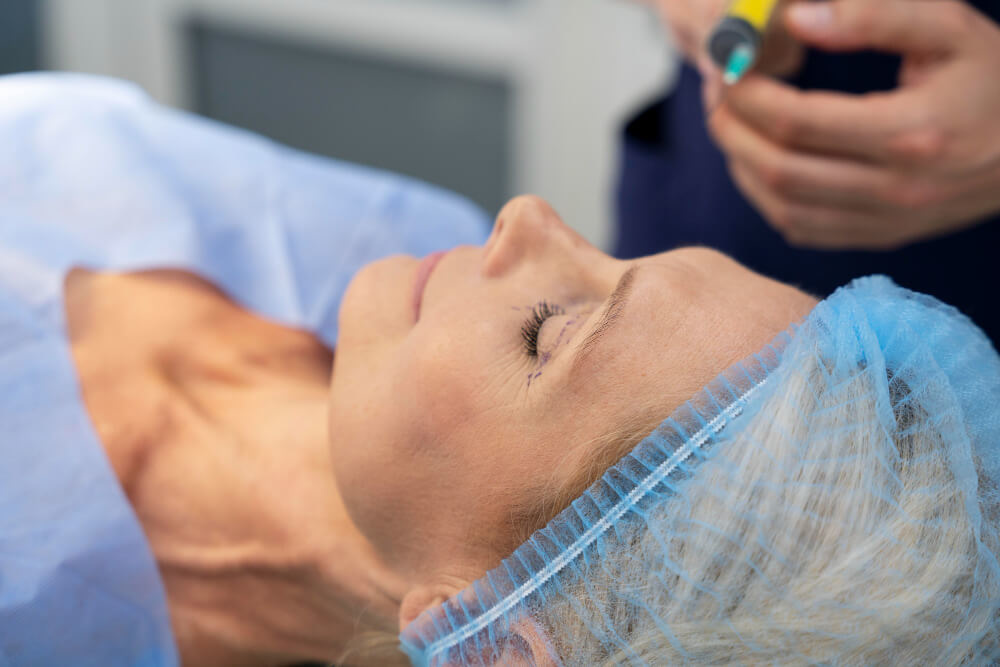
Is Cardiovascular Exercise Still Important?
Cardiovascular exercise remains crucial for heart health, but the type you choose matters when optimizing hormones. While long, slow sessions of jogging can be beneficial for stress relief and endurance, they can also elevate cortisol levels if overdone, potentially working against your goal of boosting testosterone.
A more effective approach for many men dealing with andropause is High-Intensity Interval Training, or HIIT. This style of workout involves short bursts of all-out effort followed by brief recovery periods. For example, you might sprint for 30 seconds and then walk for 60 seconds, repeating this cycle for 15 to 20 minutes.
HIIT is incredibly efficient at improving cardiovascular fitness, enhancing insulin sensitivity, and burning fat. It can trigger a significant release of growth hormone and provides these benefits in a much shorter time frame than traditional cardio. This efficiency is a major advantage for busy men and helps to avoid the catabolic state that can come from excessively long endurance workouts.
Good examples of HIIT include sprint intervals on a track or stationary bike, kettlebell swings, battle rope slams, or circuits of bodyweight exercises like burpees and jump squats. Incorporating one or two HIIT sessions per week on non-strength-training days can be a powerful addition to your andropause training protocol.

What About Nutrition and Lifestyle?
Exercise alone, no matter how perfect the program, cannot overcome the effects of a poor diet and a high-stress, sleep-deprived lifestyle. Your training provides the stimulus for change, but your nutrition and recovery habits provide the raw materials and the environment for that change to happen. A truly holistic approach to andropause training must integrate these crucial components.
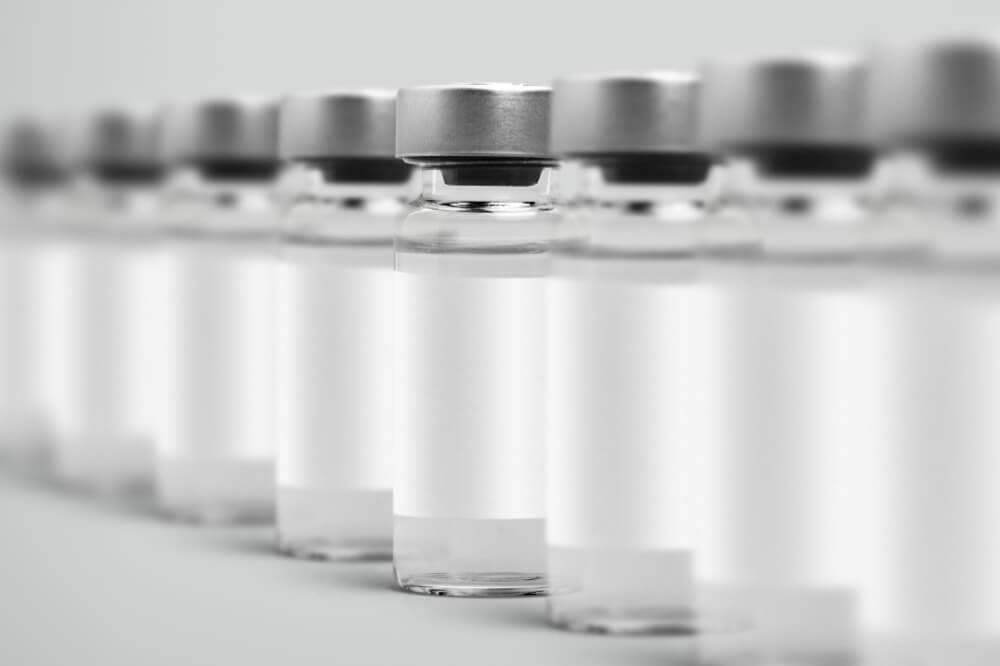
How Should Your Diet Change?
Your diet is the fuel for your body and the building block for your hormones. To support your training and combat andropause, focus on a diet rich in whole, unprocessed foods. Prioritize three key macronutrients: protein, healthy fats, and complex carbohydrates.
Protein is essential for repairing the muscle tissue you break down during training. Adequate protein intake helps you build and maintain lean mass, which is critical for a healthy metabolism. Aim to include a quality protein source like lean meat, fish, eggs, or legumes with every meal.
Healthy fats are not the enemy; they are vital for hormone production. Your body uses cholesterol as a precursor to synthesize testosterone. Sources like avocados, nuts, seeds, olive oil, and fatty fish provide the essential fatty acids your endocrine system needs to function optimally.
Complex carbohydrates from sources like sweet potatoes, oats, quinoa, and vegetables provide the sustained energy needed to power through your workouts and replenish glycogen stores afterward. Timing your carb intake around your training sessions can be particularly effective. Also, ensure you are getting enough key micronutrients like zinc, magnesium, and vitamin D, all of which play important roles in testosterone production.

Why Is Sleep Non-Negotiable?
Sleep is when your body does its most important repair work. It is during the deep stages of sleep that your body releases the highest amounts of growth hormone and testosterone. Consistently skimping on sleep is one of the fastest ways to sabotage your hormonal health.
Chronic sleep deprivation crushes testosterone levels and increases cortisol, creating a hormonal environment that promotes fat storage and muscle breakdown. This is the exact opposite of what you are trying to achieve with your training. Aiming for seven to nine hours of quality sleep per night is not a luxury; it is a biological necessity for managing andropause.
To improve your sleep, establish a consistent sleep schedule, even on weekends. Create a dark, cool, and quiet bedroom environment. Avoid screens for at least an hour before bed, as the blue light can interfere with melatonin production. Developing a relaxing bedtime routine can signal to your body that it’s time to wind down.
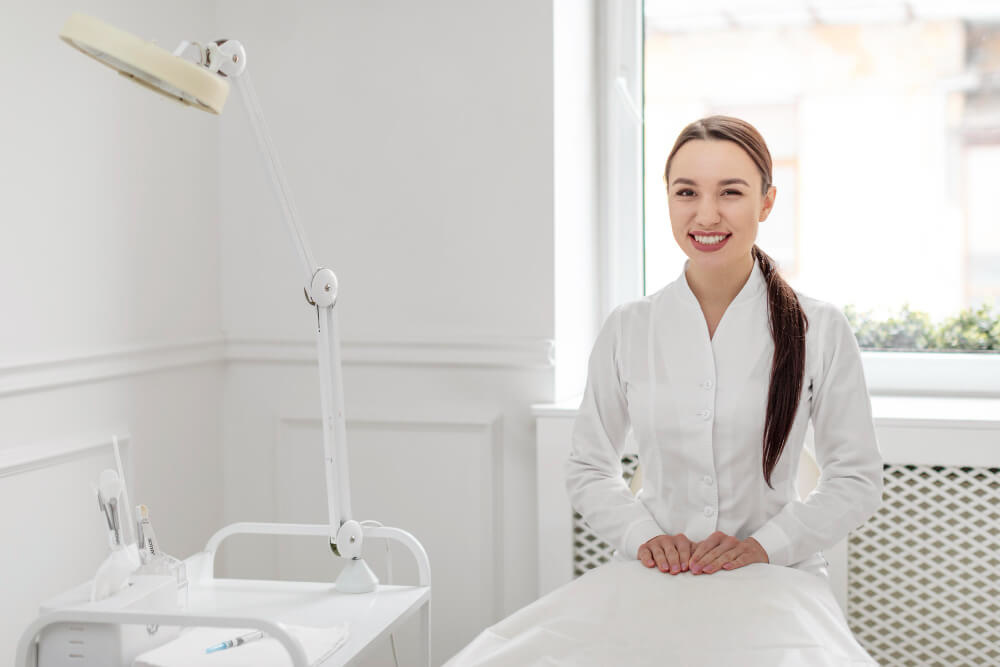
How Does Stress Impact Andropause?
In our modern world, chronic stress is a constant companion for many. This persistent state of high alert keeps your body flooded with the stress hormone cortisol. As mentioned, cortisol and testosterone have a seesaw-like relationship. When one is high, the other tends to be low.
Unmanaged stress directly undermines your efforts in the gym and the kitchen by suppressing testosterone production. It can also lead to poor food choices, disrupt sleep, and decrease your motivation to exercise, creating a vicious cycle. Finding effective ways to manage your stress is a critical component of any andropause protocol.
Incorporate stress-reducing practices into your daily life. This could include mindfulness meditation, deep breathing exercises, yoga, or simply spending time in nature. Making time for hobbies and social connections that you enjoy can also be a powerful antidote to stress. Learning to manage your response to stressors is a skill that pays huge dividends for your hormonal health and overall well-being.
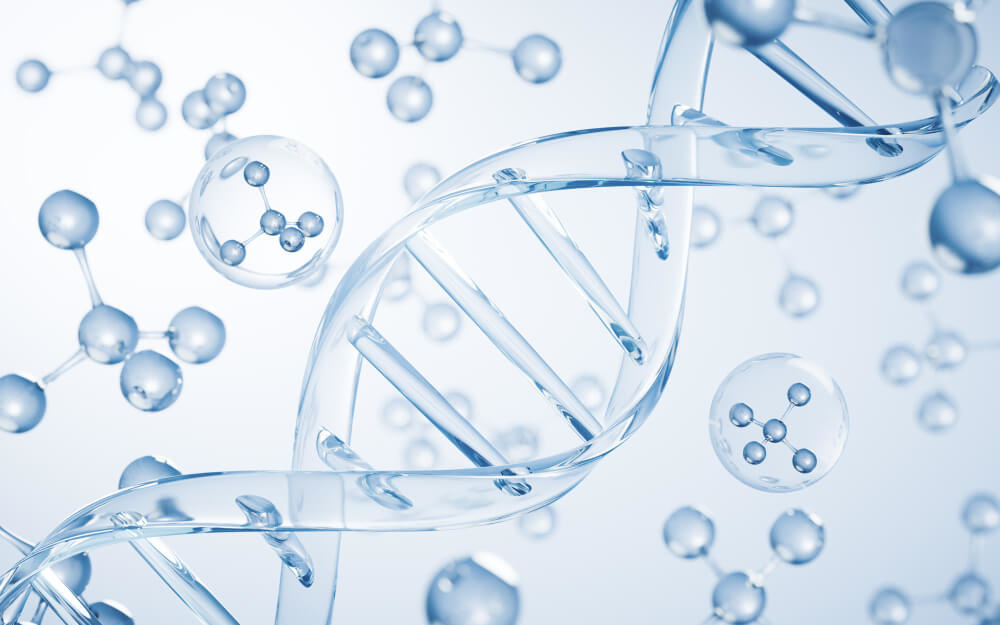
When Should You Consider Medical Evaluation?
While lifestyle interventions are incredibly powerful, there are times when they may not be enough to fully resolve the symptoms of andropause. If you have implemented a consistent training program, optimized your nutrition, and prioritized sleep and stress management but still struggle with significant symptoms, it may be time for a medical evaluation.
It’s important to get a clear picture of what’s happening with your hormones. A qualified healthcare professional can run blood tests to measure your total and free testosterone levels, along with other important health markers. Understanding the data is the first step toward a more targeted treatment plan. Learning how to diagnose late-onset hypogonadism is a process that requires professional guidance to interpret results accurately in the context of your specific symptoms and health history.
Getting a professional opinion helps rule out other potential causes for your symptoms and provides a baseline from which to measure progress. For anyone seeking a deeper medical perspective, resources that help in understanding male menopause can provide valuable context for your conversation with a doctor. It’s also helpful to know what to know about andropause from a clinical standpoint before seeking treatment.

What Are the Clinical Approaches to Treatment?
If blood work confirms clinically low testosterone levels and you are experiencing significant symptoms, your doctor might discuss medical interventions. The most common treatment is Testosterone Replacement Therapy, or TRT. TRT aims to restore testosterone levels to a healthy, youthful range, which can lead to dramatic improvements in energy, mood, muscle mass, and libido.
However, TRT is not a decision to be taken lightly. It requires ongoing medical supervision and has potential side effects and risks that must be carefully considered. It’s a lifelong commitment for many who start it, as it shuts down your body’s natural testosterone production. Therefore, it’s essential to work with a practitioner who is well-versed in the nuances of hormone therapy.
Healthcare professionals must stay informed about the latest research and best practices. There are established clinical guidelines for treating andropause that outline responsible and effective protocols. Furthermore, specialized training on the safe application of hormonal therapies in older adults is crucial for any clinician looking to offer these treatments, ensuring patient safety and optimal outcomes.
For the patient, the journey begins with a comprehensive approach. Andropause is not an inevitable decline into old age. It is a manageable condition that responds powerfully to a proactive strategy. By combining intelligent training, targeted nutrition, and smart lifestyle choices, you can seize control of your health, defy expectations, and continue to live a strong, vital, and fulfilling life.
Frequently Asked Questions
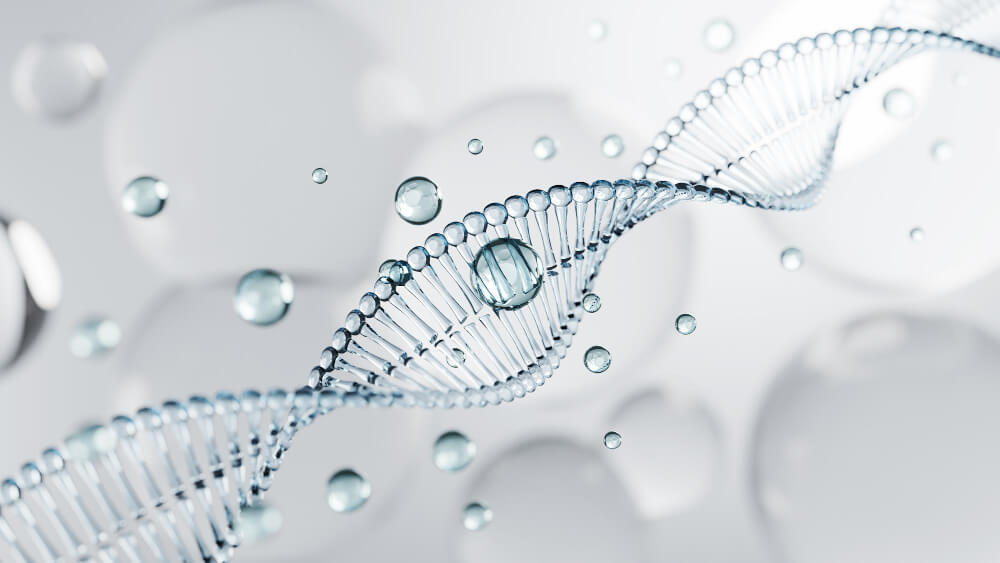
Who is this certification designed for?
This certification course is primarily designed for licensed healthcare professionals, including medical doctors, physician assistants, and nurse practitioners who want to specialize in men’s health. It is also exceptionally valuable for allied health experts such as functional medicine practitioners, nutritionists, and elite fitness coaches seeking to deepen their understanding of male endocrinology. The curriculum provides a robust, evidence-based framework for safely and effectively implementing hormone optimization strategies in a clinical or high-performance setting.
While ideal for licensed practitioners, the course is also structured to benefit individuals with a strong background in health sciences who wish to become consultants or educators in the field. The content bridges foundational principles with advanced clinical applications, making it accessible yet challenging for a range of professional backgrounds. It equips any serious wellness professional with the comprehensive knowledge needed to confidently address the complexities of male hormonal health.
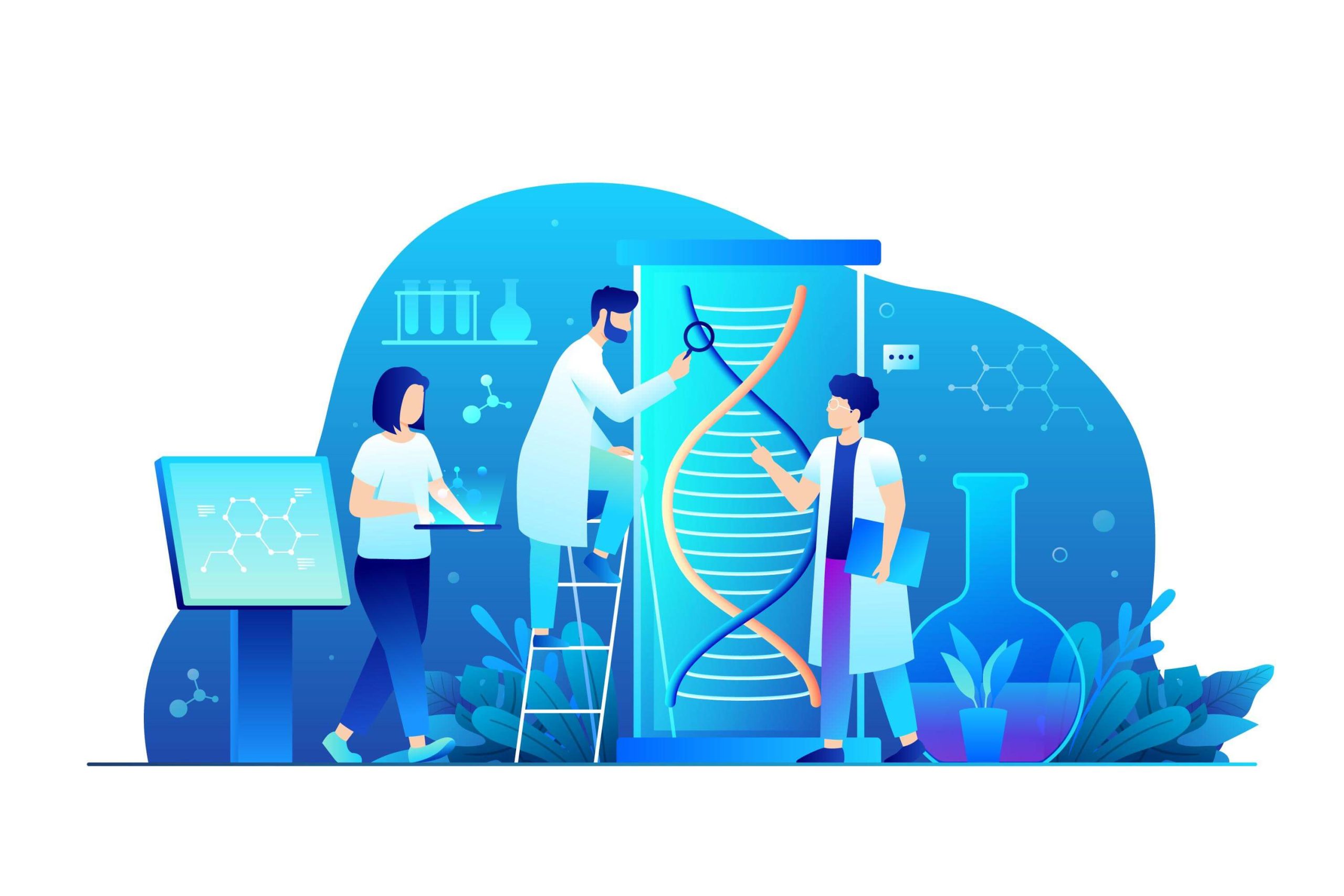
How will this certification help me grow my practice or career?
Graduates of this certification can immediately apply their new skills to enhance client outcomes and expand their service offerings. You will gain the confidence to interpret complex lab work, design personalized treatment protocols, and manage patient care with a high degree of precision. This expertise allows you to address the root causes of common male health complaints, leading to superior results, increased client retention, and powerful word-of-mouth referrals.
Furthermore, earning this specialty certification positions you as an authority in the lucrative and growing field of men’s wellness and anti-aging. It serves as a powerful credential that differentiates your practice, allowing you to attract a motivated, high-value clientele actively seeking expert-led solutions. By adding hormone optimization to your services, you can create a new revenue stream and build a reputation as a leading expert in the health and performance space.

Does this course cover topics beyond just testosterone replacement?
Yes, this course provides a comprehensive, systems-based approach to male hormone optimization that extends far beyond just testosterone. While testosterone therapy is a core module, the curriculum emphasizes the intricate interplay of the entire endocrine system. You will gain in-depth knowledge of other critical hormones, including DHEA, cortisol, estrogen, and thyroid hormones, and learn how they impact a man’s overall health and vitality.
The program also integrates crucial lifestyle and nutritional science, teaching you how to leverage diet, exercise, and stress management as foundational pillars of any successful protocol. We cover advanced supplementation strategies and diagnostic techniques to help you create truly holistic and sustainable wellness plans for your clients. The goal is to equip you with a complete toolkit to optimize health, not just manage a single biomarker.
Discover the most comprehensive functional medicine training, longevity training, and biohacking certification programs designed specifically for healthcare professionals, medics, and clinic owners who want to master regenerative medicine protocols and anti-aging therapies. Elevate your practice with Talking Longevity.

